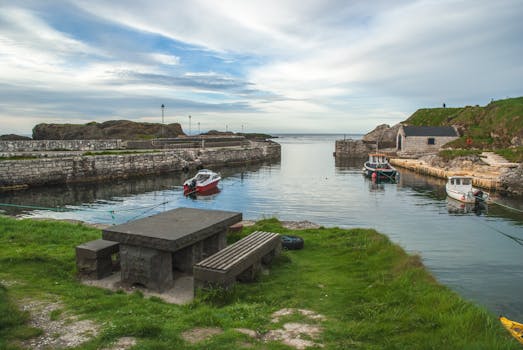In recent Brexit news, there has been a lot of discussion surrounding the issue of the Irish border. The border between Northern Ireland (part of the UK) and the Republic of Ireland has been a contentious issue throughout the Brexit negotiations. The Good Friday Agreement, which brought an end to decades of conflict in the region, relies heavily on the absence of a physical border between the two countries. Many fear that the reintroduction of a hard border post-Brexit could jeopardize the peace and stability that has been achieved.
Both the UK and the EU have been working to find a solution that would avoid a hard border while still allowing for the UK to leave the EU’s single market and customs union. One proposed solution is the use of technology to facilitate border checks without the need for physical infrastructure. However, this solution has been met with skepticism from both sides, with critics arguing that it is unproven and could lead to delays and disruptions in trade.
Another proposed solution is the so-called “backstop” arrangement, which would effectively keep Northern Ireland in both the EU customs union and single market if a better solution cannot be found. This has been a point of contention for many UK politicians who argue that it would effectively create a border in the Irish Sea and could potentially threaten the integrity of the UK.
As the Brexit deadline looms closer, the issue of the Irish border remains one of the key sticking points in the negotiations. Both the UK and the EU are under pressure to find a workable solution that would satisfy all parties involved. The future of the Irish border will have far-reaching implications for the peace and stability of the region, and finding a solution that works for all parties involved will be crucial in the ongoing Brexit negotiations.

Leave a Reply